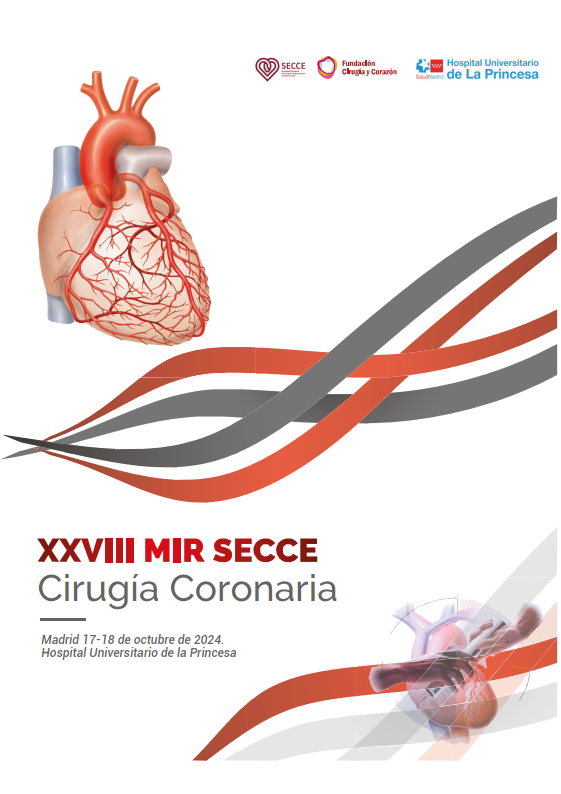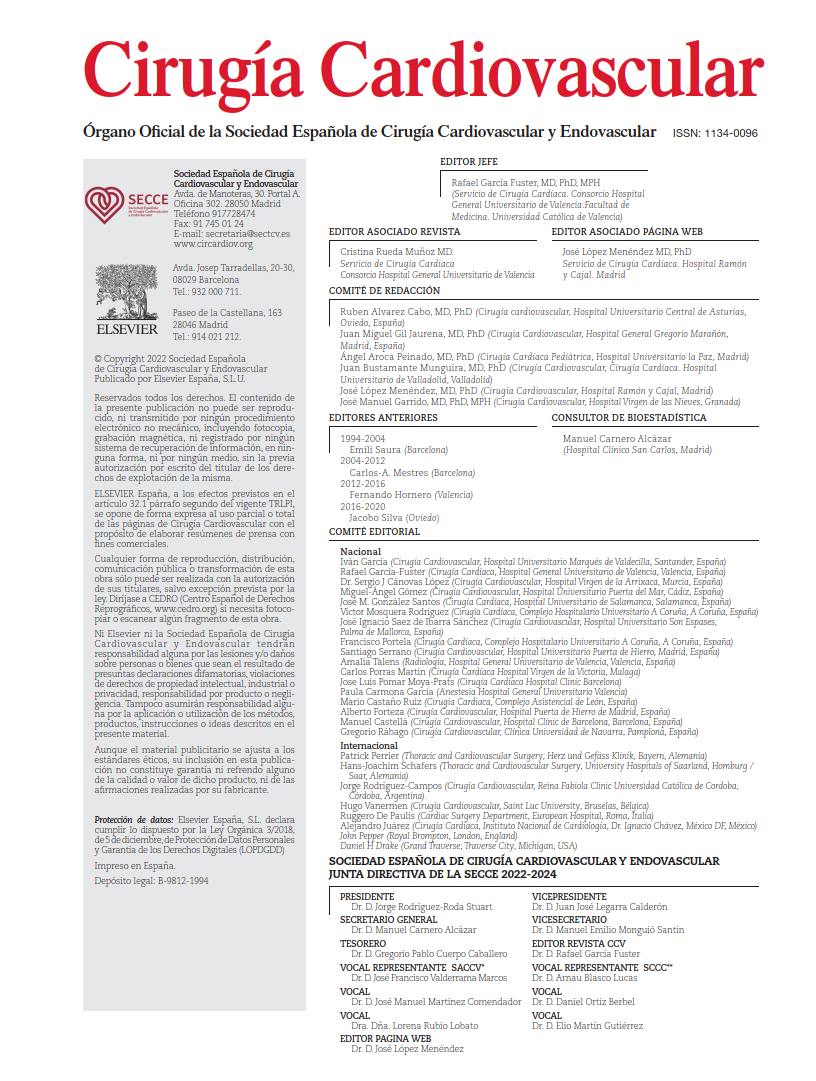The management of MPS in the context of acute type A aortic dissection has remained controversial for decades. While urgent open repair has traditionally been considered the standard of care, growing evidence suggests that immediate surgery in patients with advanced organ ischemia may prove futile—or even detrimental. In this context, the authors’ proposed strategy is particularly relevant as it seeks to balance the need to prevent aortic rupture with the aim of reducing multiorgan failure resulting from malperfusion.
The study retrospectively analyzed a single-center cohort of 724 patients treated between 2018 and 2023, of whom 167 presented with MPS. During the initial period (2018–2020), all patients underwent immediate open repair. In the second phase (2021–2023), an optimized strategy was adopted. Patients presenting within 6 hours of symptom onset were treated with immediate central repair, while those presenting beyond 6 hours underwent staged management: initial endovascular reperfusion followed by delayed surgery, contingent on recovery of organ function. The primary endpoints were in-hospital mortality, both overall and stratified by malperfusion subtype, as well as the impact of individualized treatment.
The results were compelling: in-hospital mortality in patients with MPS dropped from 33.9% to 10.2% after implementation of the optimized strategy (p < .01). In those presenting within 6 hours, mortality decreased from 24% to 7.5%; among those exceeding the 6-hour window, it fell from 41.2% to 11.8%. Furthermore, operative mortality in patients with MPS was equivalent to that of patients without MPS (4.0% vs 2.4%; p > .05). The authors concluded that the use of a 6-hour threshold enabled better selection of surgical timing and significantly improved outcomes.
COMMENTARY:
This study represents a major step forward in the management of one of the most lethal complications of acute type A aortic dissection. Its primary strength lies in translating pathophysiological understanding of ischemic tolerance into a practical decision-making algorithm. The proposed strategy not only improves clinical outcomes but also enables a personalized approach, helping avoid both futile surgeries and hazardous delays that increase the risk of aortic rupture.
Based on their findings, the authors propose a management algorithm tailored to the type of malperfusion. In cases of severe mesenteric or cerebral ischemia, early reperfusion is prioritized. In contrast, patients with dynamic malperfusion or limited coronary involvement are candidates for immediate central aortic repair. Additionally, the routine use of postoperative CTA allows identification of persistent malperfusion and timely secondary interventions (e.g., stenting), a particularly valuable approach in cases of static obstruction.
Nonetheless, several limitations must be acknowledged. The data come from a single-center, retrospective study. While the outcomes are promising, broader validation in multicenter settings is necessary before generalization. The endovascular-first approach in the context of acute aortic syndromes requires highly skilled multidisciplinary teams—an expertise not readily available in many institutions. Moreover, the dramatic reduction in mortality observed may partly reflect improved surgical proficiency, enhanced postoperative care during the later period, and natural selection of patients in whom irreversible organ injury precluded further repair.
Despite these caveats, the proposal by Chen et al. introduces a key variable—clinical time course—into the decision-making framework. From a practical standpoint, their work challenges the paradigm that all patients with type A dissection and MPS must undergo immediate repair. Instead, it supports a stepwise and individualized approach to improve survival and optimize candidate selection for aortic repair.
REFERENCE:
Chen S, Peng H, Zhuang H, Wang J, Yan P, Zhang W, et al. Optimized strategy to improve the outcomes of acute type A aortic dissection with malperfusion syndrome. J Thorac Cardiovasc Surg. 2025;169(2):562-573.e2. doi:10.1016/j.jtcvs.2024.01.006



